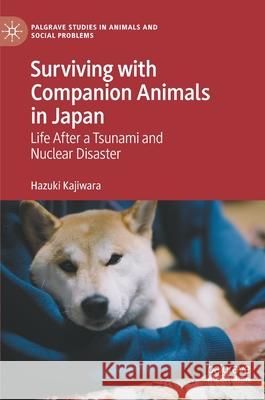Surviving with Companion Animals in Japan: Life After a Tsunami and Nuclear Disaster » książka
topmenu
Surviving with Companion Animals in Japan: Life After a Tsunami and Nuclear Disaster
ISBN-13: 9783030493271 / Angielski / Twarda / 2020 / 197 str.
Surviving with Companion Animals in Japan: Life After a Tsunami and Nuclear Disaster
ISBN-13: 9783030493271 / Angielski / Twarda / 2020 / 197 str.
cena 442,79
(netto: 421,70 VAT: 5%)
Najniższa cena z 30 dni: 424,07
(netto: 421,70 VAT: 5%)
Najniższa cena z 30 dni: 424,07
Termin realizacji zamówienia:
ok. 22 dni roboczych
Bez gwarancji dostawy przed świętami
ok. 22 dni roboczych
Bez gwarancji dostawy przed świętami
Darmowa dostawa!
Kategorie:
Kategorie BISAC:
Wydawca:
Palgrave MacMillan
Seria wydawnicza:
Język:
Angielski
ISBN-13:
9783030493271
Rok wydania:
2020
Wydanie:
2020
Numer serii:
000809013
Ilość stron:
197
Waga:
0.41 kg
Wymiary:
21.01 x 14.81 x 1.42
Oprawa:
Twarda
Wolumenów:
01
Dodatkowe informacje:
Wydanie ilustrowane











